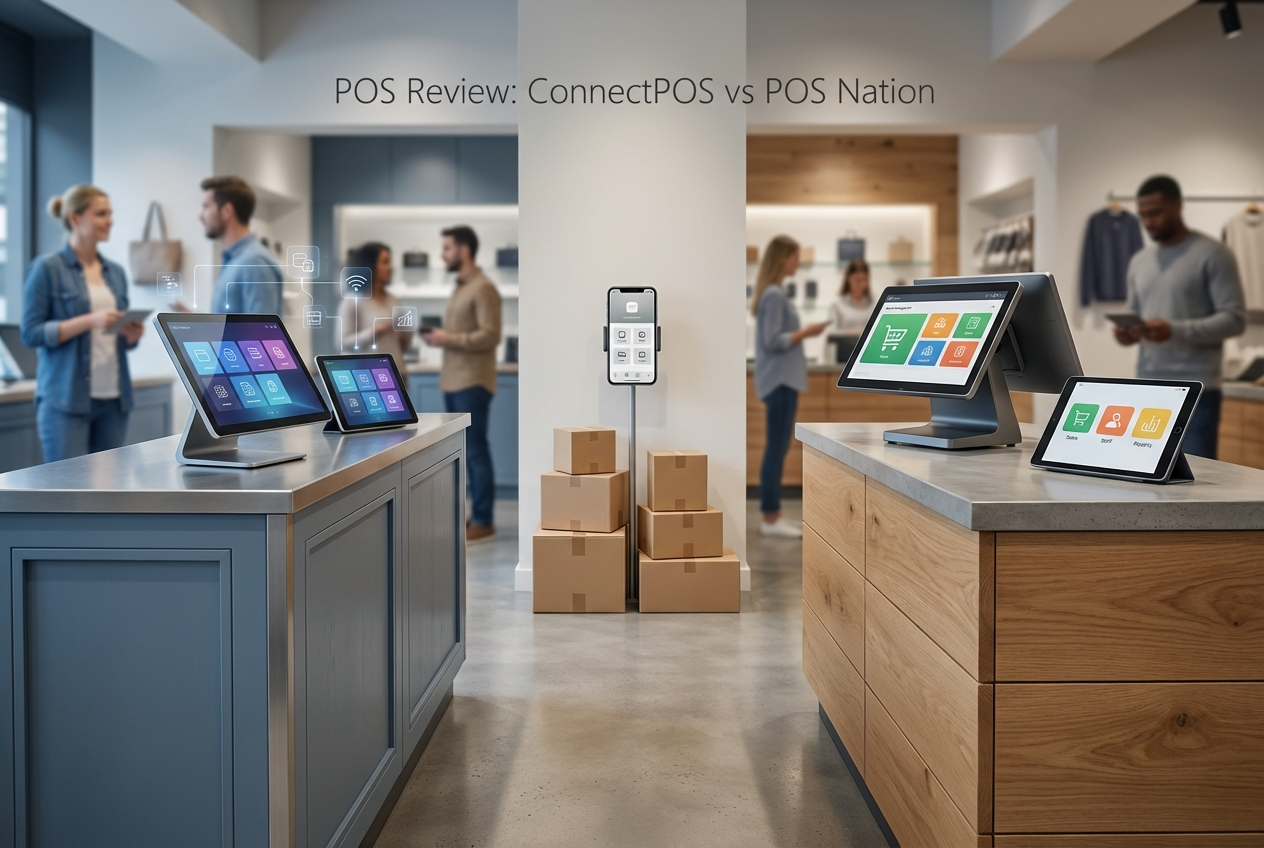What Is a Supplier Code?
A supplier code is a unique identifier assigned by a supplier to a specific product.
Unlike your internal SKU or barcode, this code reflects how the supplier tracks and processes the item on their end. It’s especially useful during reordering and stock reconciliation, helping ensure that what you order and receive matches the supplier’s records.
Where Supplier Codes Fit in Inventory Management
When you work with external vendors, their product identifiers may not align with your internal naming or barcode system. That’s where the supplier code comes in. It acts as a shared reference point between your business and the supplier, reducing confusion and improving accuracy when placing or receiving orders.
These codes are typically stored in the POS system within the product’s supplier section. They’re not always visible at checkout or used in customer-facing operations, but they’re invaluable behind the scenes.
How Supplier Codes Work in a POS System
You can assign a supplier code directly to a product in your inventory setup. If you work with more than one supplier for the same item, the system may allow multiple supplier codes, each linked to pricing, lead times, or other supplier-specific details.
When it’s time to reorder, the POS can automatically pull the correct supplier code into the purchase order. You’ll know you’re ordering the right item, even if the naming conventions differ between your system and the supplier’s catalog.
Some key functions include:
- Associating one or more supplier codes with a single product
- Assigning a default supplier to streamline routine ordering
- Automatically updating the supplier code and pricing if a different supplier is selected
- Using the supplier code as a custom SKU, if needed, for internal scanning or reporting
Why It Matters
Supplier codes make purchasing and stock reconciliation more precise. They reduce the risk of ordering the wrong item, especially when suppliers carry similar products under different identifiers. They also help staff match received goods to purchase orders, even when the packaging or labeling doesn’t match your in-store naming.
This is especially useful when:
- Suppliers update product names but keep the same internal code
- You purchase the same product from multiple vendors
- Products are bundled or customized differently depending on the supplier
Best Practices for Using Supplier Codes
- Keep supplier codes updated in your POS, especially if suppliers change their product catalog numbers
- Use consistent formatting when entering codes to avoid duplicates or errors
- Review supplier code data during inventory checks and purchase order reviews
- If possible, include supplier codes on printed purchase orders to streamline receiving
Supplier codes may work behind the scenes, but they play a big role in keeping inventory and purchasing operations aligned. By linking your products to the supplier’s internal identifiers, you simplify reordering, reduce errors, and maintain cleaner supplier relationships.
« Back to Glossary Index

